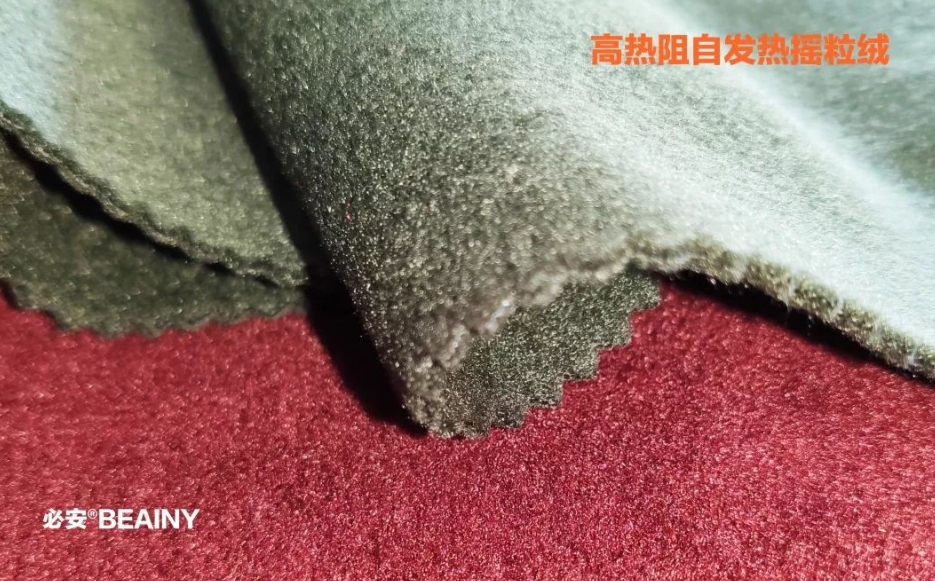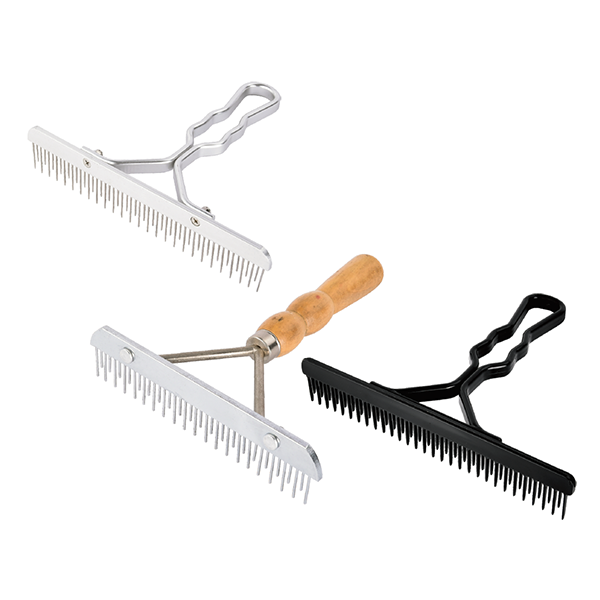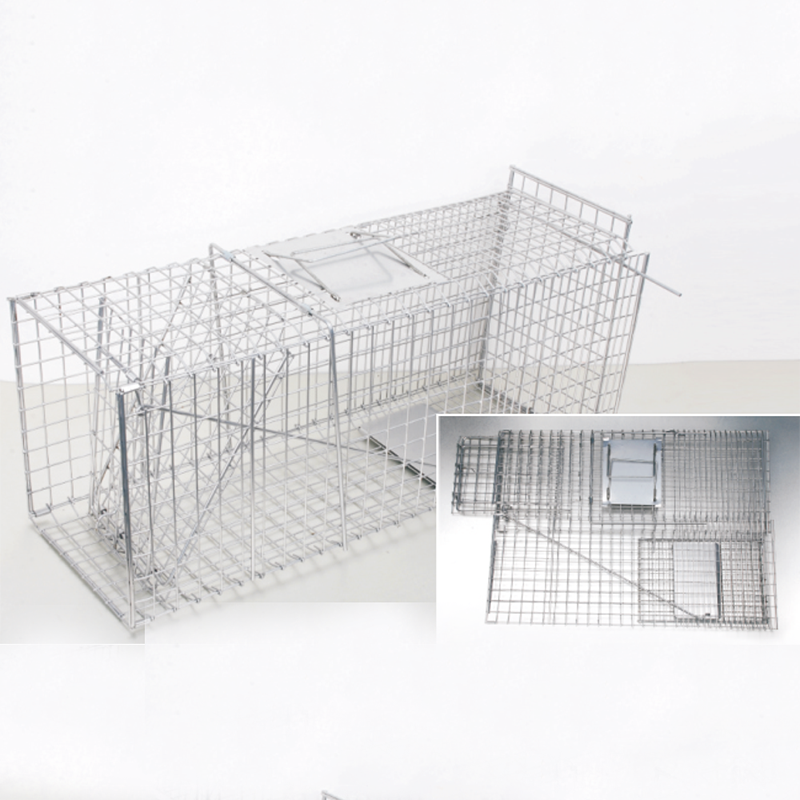In today's industrial world, control valves play an important role. They are like blood regulators in modern mechanical systems, ensuring that the flow of fluids is accurately controlled. Control valves are designed and used across a wide range of industries, from petroleum refineries to chemical processing plants to food and beverage production lines, where they play an indispensable role.

So, how exactly do control valves work? In short, control valves manage the flow, pressure, temperature and other key parameters of fluids (liquids, gases, steam, etc.) by changing the on-off or cross-sectional area in the fluid flow path. This adjustment is achieved by moving parts inside the valve, such as the valve core, disc or ball. As these components move under the influence of the actuator, they change the size of the channels inside the valve, thereby affecting the flow rate of the fluid.
In automation systems, control valves are usually connected to sensors and controllers to form a closed-loop control system. The sensor is responsible for monitoring the real-time status of the fluid such as temperature and pressure and feeding the data back to the controller. The controller issues instructions to adjust the position of the control valve based on the difference between the preset target value and the actual value to maintain stable operation of the process.
There are many types of control valves, including but not limited to ball valves, butterfly valves, gate valves, globe valves, and needle valves. Each valve has its own unique characteristics and the most suitable application scenarios. For example, ball valves are known for their excellent sealing performance and ability to quickly cut off fluids, while butterfly valves are favored for their compact structure and low cost.
In the future, with the development of the Internet of Things and intelligent manufacturing technology, the intelligentization and networking of control valves will become a trend. These advanced control valves enable more refined fluid control, provide real-time data analysis, and further improve the efficiency and reliability of industrial systems through remote monitoring and diagnostics.
In short, control valves play a vital role in modern industry. As technology continues to advance, their functions and applications will continue to expand and deepen, providing strong support for the development of all walks of life.

 English
English Español
Español Português
Português русский
русский français
français 日本語
日本語 Deutsch
Deutsch Tiếng Việt
Tiếng Việt Italiano
Italiano Nederlands
Nederlands ไทย
ไทย Polski
Polski 한국어
한국어 Svenska
Svenska magyar
magyar Malay
Malay বাংলা
বাংলা Dansk
Dansk Suomi
Suomi हिन्दी
हिन्दी Pilipino
Pilipino Türk
Türk Gaeilge
Gaeilge عربى
عربى Indonesia
Indonesia norsk
norsk اردو
اردو čeština
čeština Ελληνικά
Ελληνικά Українська
Українська Javanese
Javanese فارسی
فارسی தமிழ்
தமிழ் తెలుగు
తెలుగు नेपाली
नेपाली Burmese
Burmese български
български ລາວ
ລາວ Latine
Latine Қазақ
Қазақ Euskal
Euskal Azərbaycan
Azərbaycan slovenský
slovenský Македонски
Македонски Lietuvos
Lietuvos Eesti Keel
Eesti Keel Română
Română Slovenski
Slovenski मराठी
मराठी Српски
Српски 简体中文
简体中文 Esperanto
Esperanto Afrikaans
Afrikaans Català
Català עִברִית
עִברִית Cymraeg
Cymraeg Galego
Galego 繁体中文
繁体中文 Latvietis
Latvietis icelandic
icelandic יידיש
יידיש Беларус
Беларус Hrvatski
Hrvatski Kreyòl ayisyen
Kreyòl ayisyen Shqiptar
Shqiptar Malti
Malti lugha ya Kiswahili
lugha ya Kiswahili አማርኛ
አማርኛ Bosanski
Bosanski Frysk
Frysk ជនជាតិខ្មែរ
ជនជាតិខ្មែរ ქართული
ქართული ગુજરાતી
ગુજરાતી Hausa
Hausa Кыргыз тили
Кыргыз тили ಕನ್ನಡ
ಕನ್ನಡ Corsa
Corsa Kurdî
Kurdî മലയാളം
മലയാളം Maori
Maori Монгол хэл
Монгол хэл Hmong
Hmong IsiXhosa
IsiXhosa Zulu
Zulu Punjabi
Punjabi پښتو
پښتو Chichewa
Chichewa Samoa
Samoa Sesotho
Sesotho සිංහල
සිංහල Gàidhlig
Gàidhlig Cebuano
Cebuano Somali
Somali Точик
Точик O'zbek
O'zbek Hawaiian
Hawaiian سنڌي
سنڌي Shinra
Shinra հայերեն
հայերեն Igbo
Igbo Sundanese
Sundanese Lëtzebuergesch
Lëtzebuergesch Malagasy
Malagasy Yoruba
Yoruba









